Biscoff flapjack looks just like classic flapjack. It’s golden and alluring but, with the inclusion of Biscoff spread in the mix the flavour is quite a change from the classic. These Biscoff oat bars are quick and simple to make but so delicious they won’t last long.
Try a milky Biscoff coffee with your flapjack.
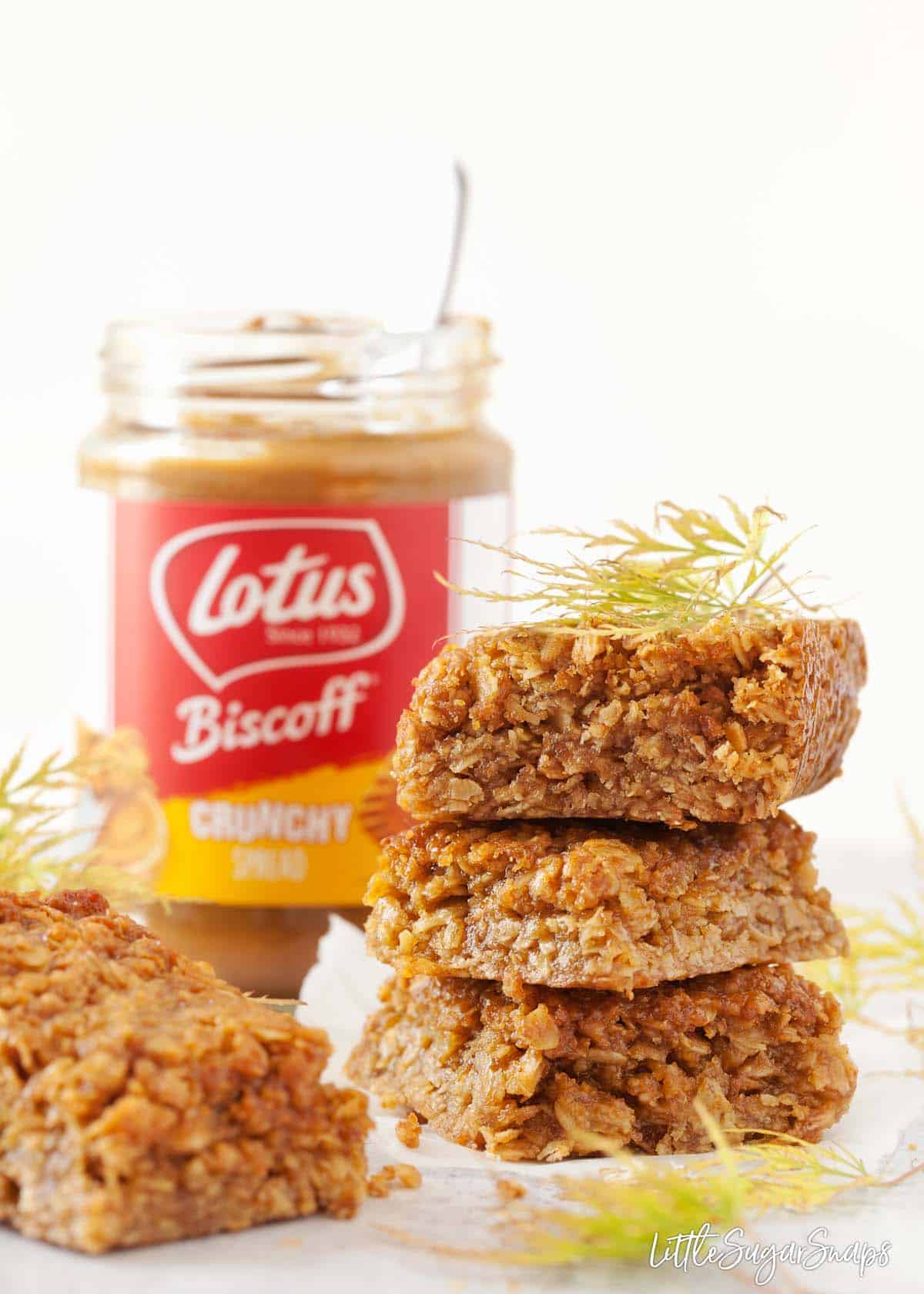
Want to Save This Recipe?
This Biscoff flapjack is amazing. If you are a big fan of Biscoff cookies and Biscoff spread then you are going to love this recipe.
I love this recipe because, although humble in appearance, this cosy, simple and satisfying bake delivers one heck of a delicious, sweet & buttery treat. No adornments are necessary here.
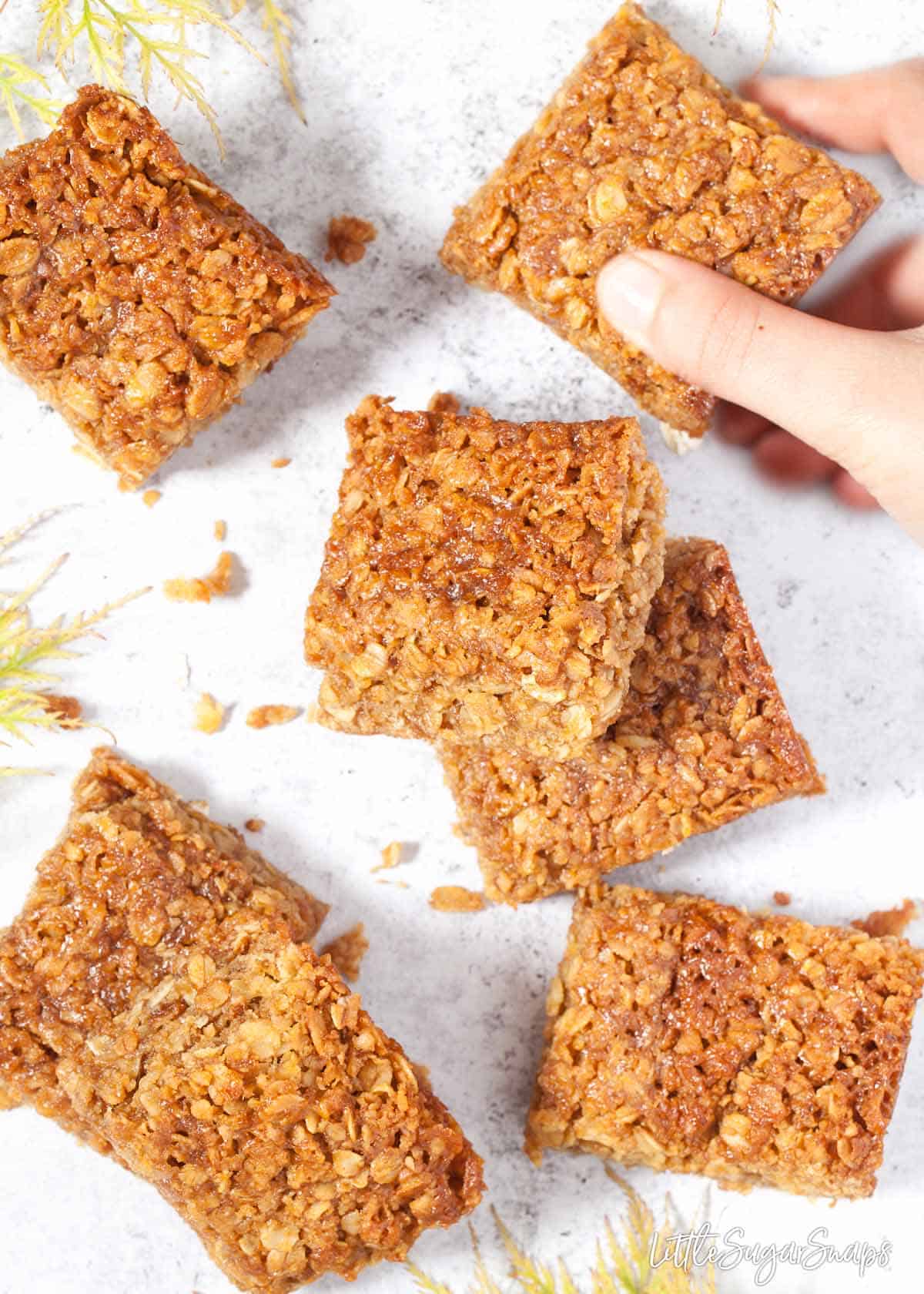
There’s a craze in my house for anything Biscoff right now, so you’ll find a growing collection of Biscoff recipes here. Try my delicious recipes for Biscoff cheesecake, Biscoff cake, Biscoff Millionaire’s shortbread and Biscoff rocky road.
What is Biscoff flapjack?
Flapjack (aka oat bars) is one of the easiest classic bakes around. It is a bake that is seemingly loved by everybody. Traditional flapjack contains very few ingredients: butter, sugar golden syrup and oats.
Biscoff flapjack contains an additional (magical) ingredient: Lotus Biscoff spread.
But making Biscoff flapjack is not as simple as taking a classic flapjack recipe and mixing in a few spoonfuls of the Biscoff spread.
Biscoff spread is both loose and sweet, so it alters the amount of butter and sugar required to achieve a bake that holds together well and delivers the right level of sweetness. A flurry of flour also helps to balance out the ingredients to the perfect consistency.
It took four attempts to get this recipe right. I’m sure you’ll appreciate my efforts when you taste this Biscoff flapjack. And I’m sure you will relish the buttery notes, the vaguely syrupy sweetness and the hints of Biscoff flavour (happy sigh).
“I have made this recipe so many times now and everyone goes mad for them… they literally disappear within 24 hours in my house. Love this recipe! Super indulgent!”
⭐⭐⭐⭐⭐
Dani
Ingredients notes
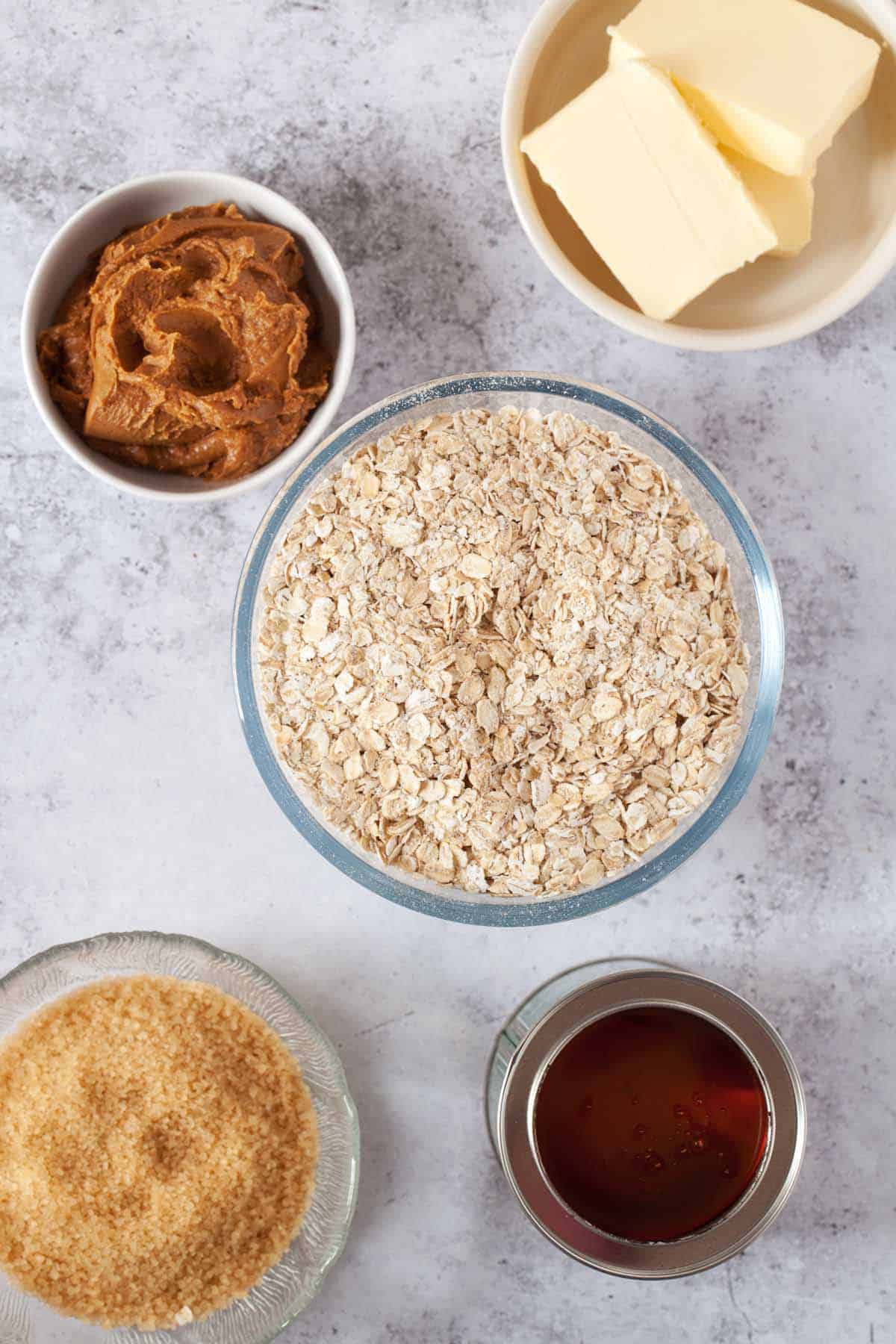
- Lotus Biscoff spread – Biscoff cookies blended with other ingredients, including oil, sugar and syrup to create an incredibly tasty spread. Find it near jams & chocolate spread in the supermarket. Use either crunchy or smooth for this Biscoff flapjack recipe and yes, supermarket brand versions are fine to use too.
- Butter – baking margarine will not do here. Use proper butter for a full and rich flavour.
- Sugar – demerara gives a caramelised flavour with a hint of crunch.
- Golden syrup – lusciously thick, gorgeously golden and brazenly sweet, no other syrup is quite the same. It’s available all over the world these days. Look for it in the international section of supermarkets.
- Oats – the core ingredients that binds all of the other goodies together in Biscoff flapjack. Go for small rolled oats rather than large steel-cut oats.
Step by step instructions
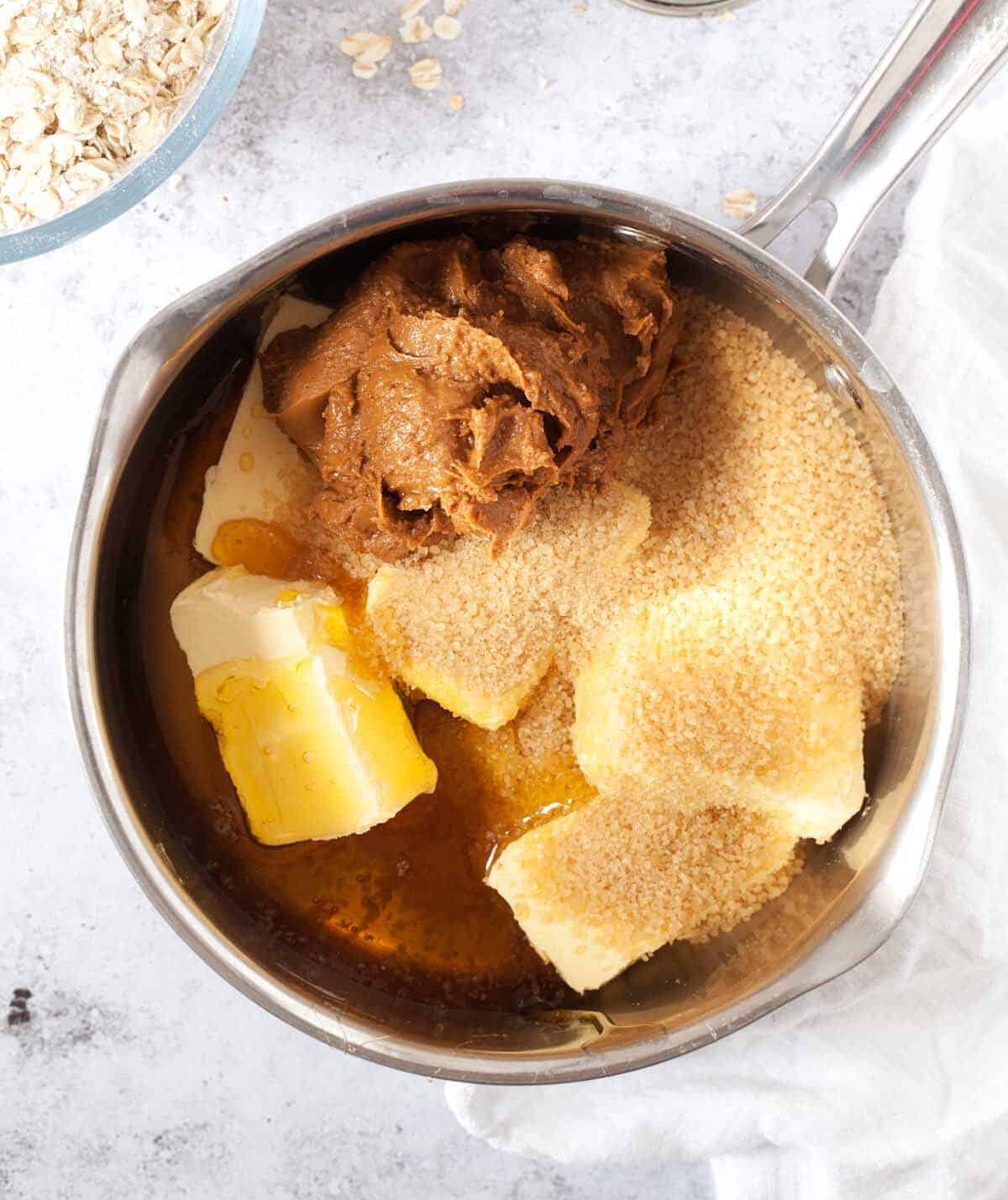
- Step 1: Measure the butter, sugar, Biscoff spread and syrup into a medium saucepan.
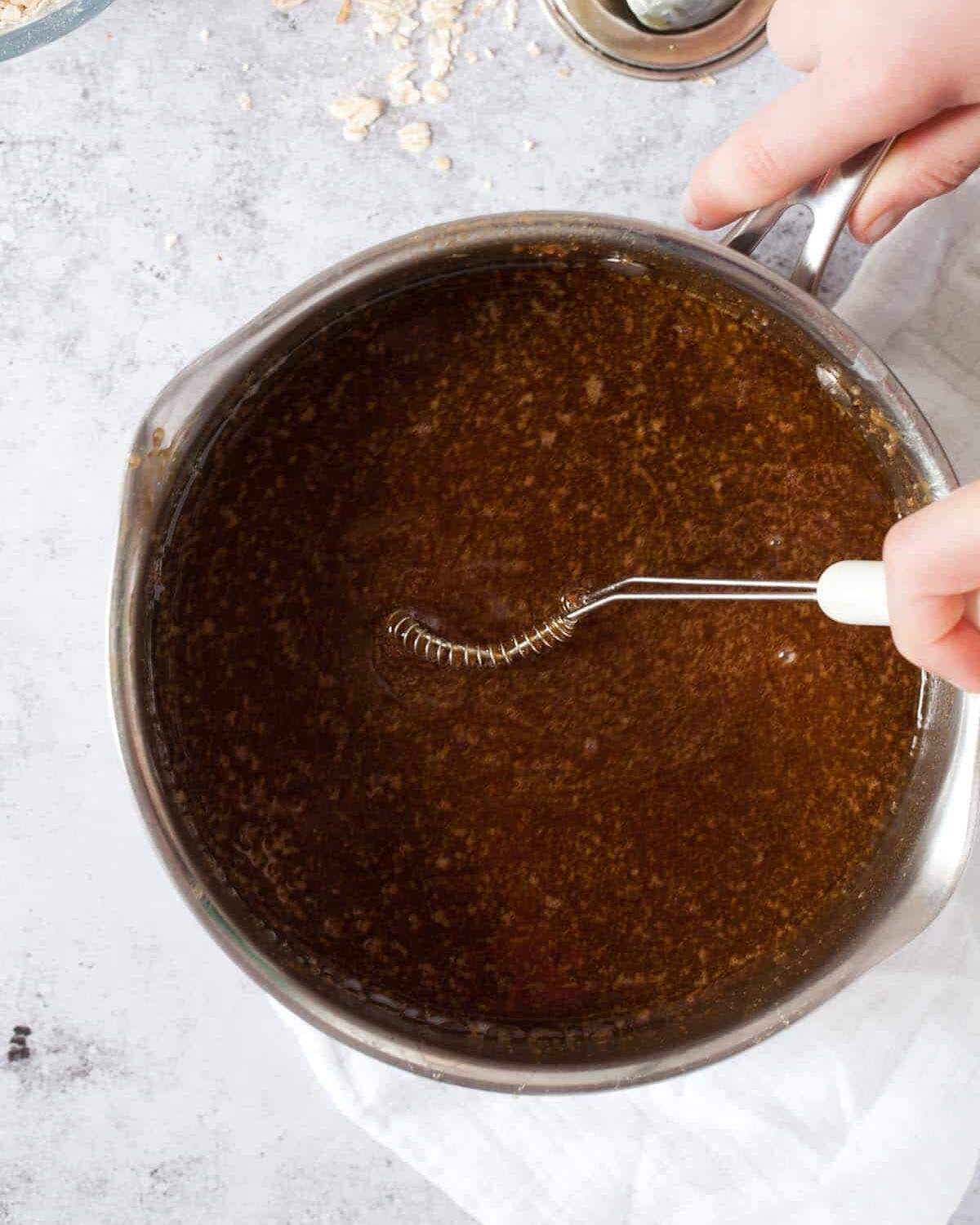
- Step 2: Cook over a moderate heat, stirring frequently until the butter has melted and the sugar has dissolved. Use a small balloon whisk to beat the ingredients in the pan until they blend together.
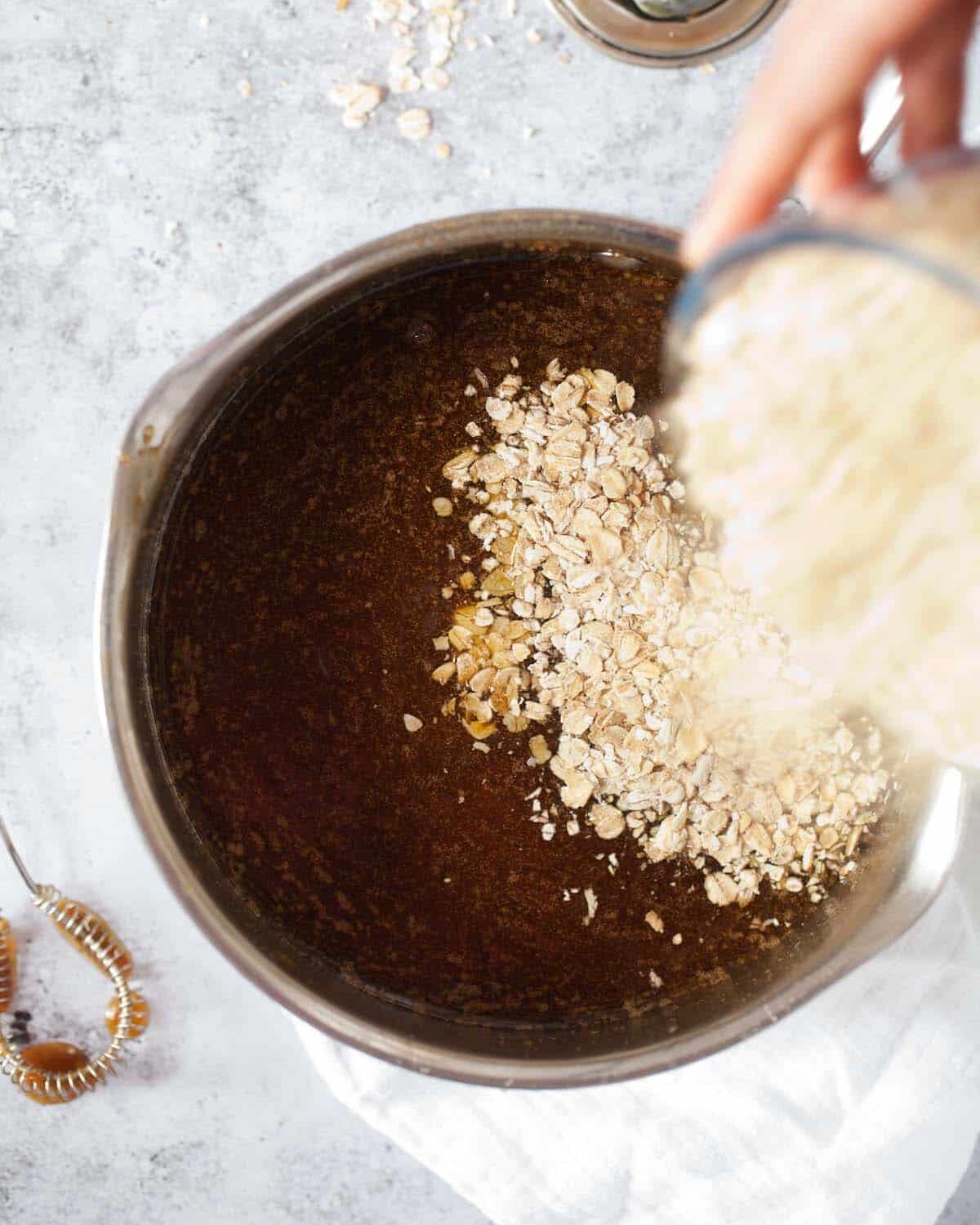
- Step 3: Take the pan off the heat, tip in the oats & flour.
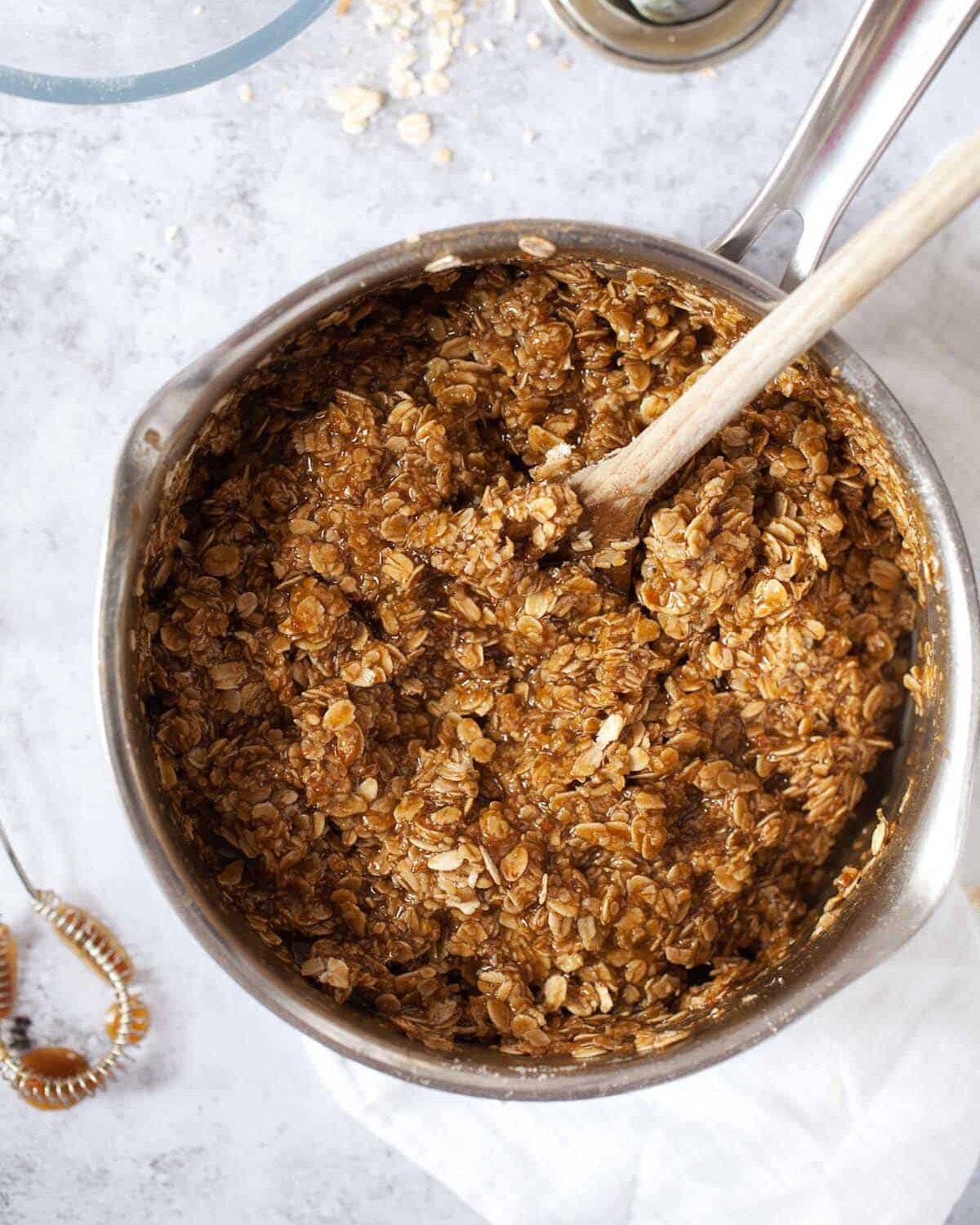
- Step 4: Use a wooden spoon to mix the ingredients until well combined and the oats are coated in the liquid.
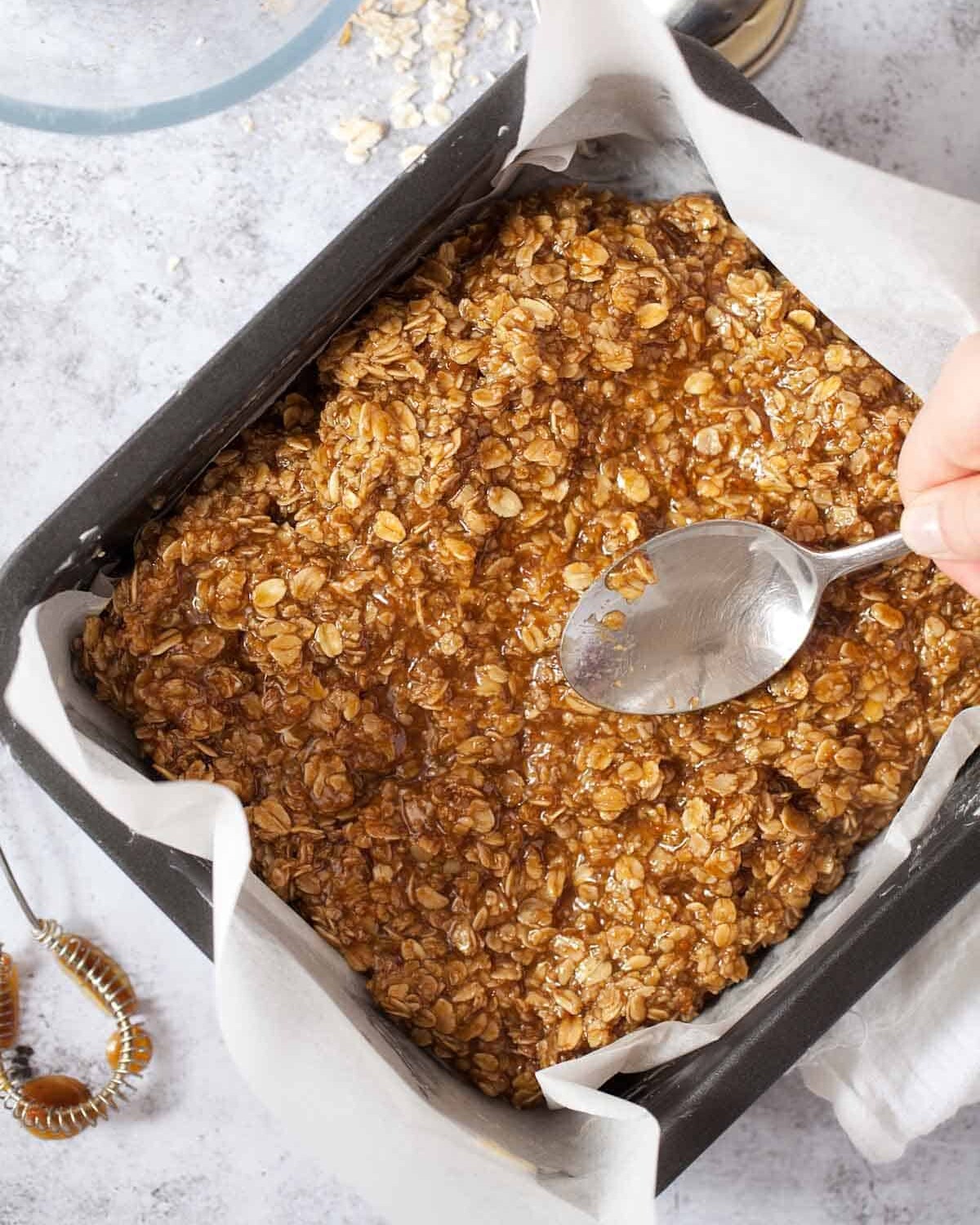
- Step 5: Spoon the Biscoff oat mixture into a prepared baking tin and cook for around 30 minutes until the edges are golden, then remove the tin from the oven.

- Step 6: Allow the flapjack to cool in the tin for 10 minutes, then use a sharp knife to mark the flapjack into 9 bars. Let it cool completely then cut the flapjack into the marked portions and remove from the tin.
Expert tips
- Always use regular rolled oats (porridge) rather than jumbo oats or steel cut oats. Jumbo oats increase the chance that the flapjack will crumble as larger flakes are harder to compress in the tin than smaller ones.
- Never use instant oats – these oats produce a mushy texture when cooked which is not ideal in this recipe.
- Whisk the melted ingredients together before mixing in the oats. Once the ingredients in the pan have melted and dissolved they do not automatically mix into each other – the melted butter will likely sit on top of the melted sugars. Use a small handheld balloon whisk to bind the ingredients together before mixing in the oats. This way the ingredients blend with the oats in a more uniform manner and result in a better bake.
- Use the right pan size. This recipe uses a 7-7-inch baking tin to produce hearty squares of flapjack around 2cm deep that are crisp around the edges with a chewier centre. using different sized tins will affect the depth & texture of the oat bars and the cooking time.
- Bake for an extra 5 minutes if you prefer hard flapjack. Alternatively, if you like soft and chewy, bake for 5 minutes less.
- Don’t raise the oven temperature to cook the flapjack quickly. A slow even bake is best to avoid a soggy middle.
- Don’t over-bake it accidentally. When the flapjack is golden around the edges the centre of the tin will likely look quite loose. This is normal. As the flapjack cools in the tin it will firm up.
- Firmly score the portions when the flapjack is hot but cut it fully when cold – this is the best way to avoid the flapjack breaking up into irregularly shaped pieces and crumbling as it is cut.
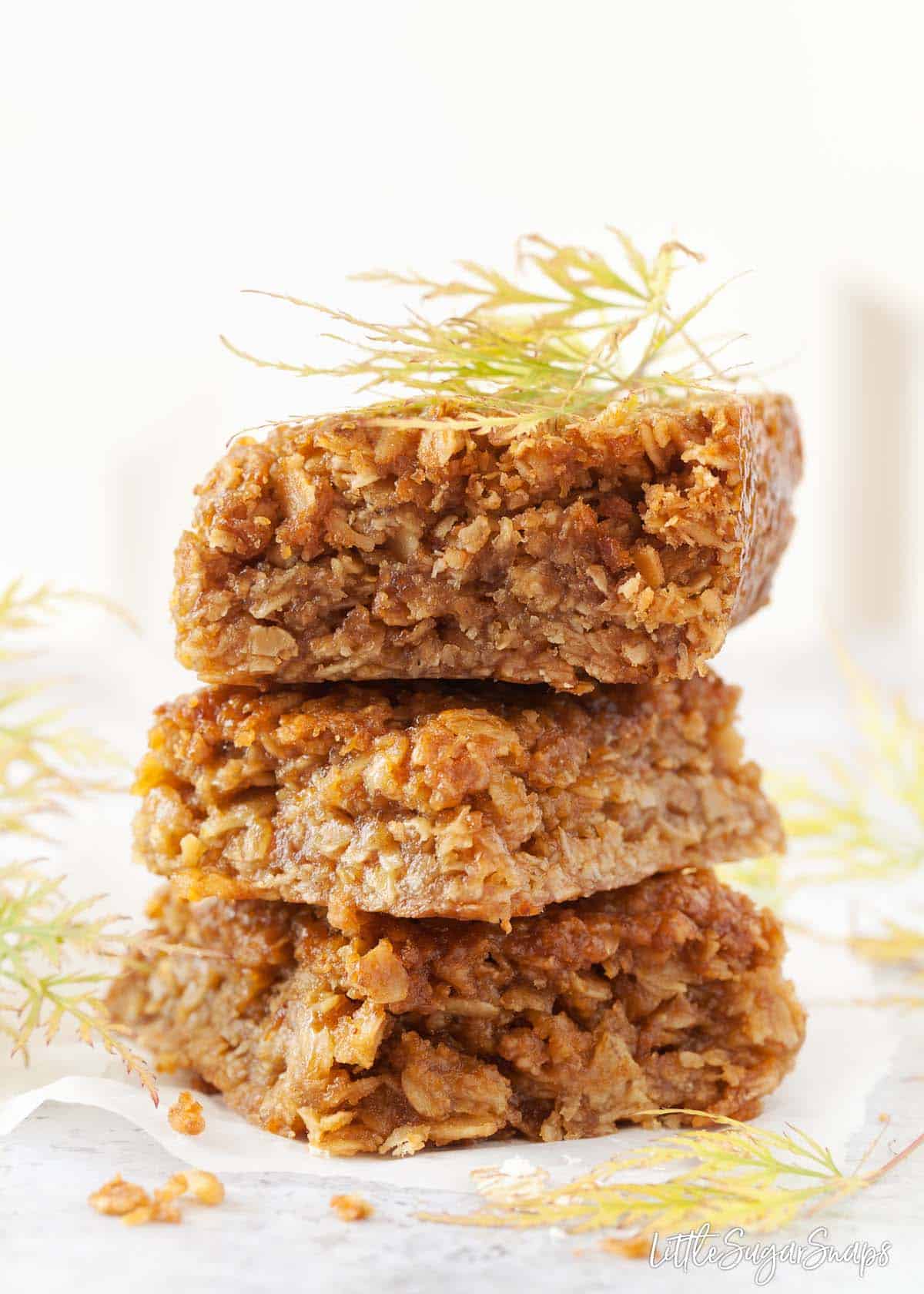
Frequently asked questions
Flapjack is also one of those recipes that can be easily scaled up or down to suit your requirements. If you have a suitable tin for making a half batch of the recipe in hand I would always recommend making the smaller batch over freezing part of a larger one.
I do not recommend using honey or maple syrup in place of golden syrup when making flapjack. I have always had far better results with golden syrup. It is an important element of the taste of classic flapjack and its impressively sticky thickness is hard to beat.
Yes, golden syrup is refined sugar whereas honey and maple syrup are unrefined sugars. But I don’t like to pretend that flapjacks are in anyway healthy just because they contain oats. They contain both butter and sugar in large volumes, so any trade-off between refined and unrefined sugar syrup is really not a big one.
This flapjack will keep for up to 5 days if stored in an airtight container at room temperature. For optimum freshness, wrap in foil before putting into the container.
Technically, flapjack can also be frozen. However, since it stores so well for a good 5 days at room temperature, it should rarely be necessary to do so.
Unfortunately not. Biscoff spread is not gluten-free.
Yes, you can. Simply replace the butter with dairy-free block butter alternative and add ¼ teaspoon salt to the mix with the oats to make dairy-free/ vegan Biscoff flapjack. Ensure that all other ingredients, such as the sugar, are vegan too.
Variations
Try any of the following suggestions:
- Drizzle Biscoff spread over the top of your squares of flapjack.
- Add dried fruit such as raisins or cranberries to the mix (90g should be plenty).
- Mix in some chopped nuts. Try 60g of pecan nuts, hazelnuts or almonds.
- Add 75g dark chocolate chips or drizzle melted dark chocolate over the top once the flapjack has cooled down.
More flapjack recipes to try
You’ll find these plus many other treats in my collection of easy & fun traybake recipes.
Have you made this recipe for Biscoff flapjack? Please leave a review to let me know how you got along with it.
Stay in touch: sign up to receive LittleSugarSnaps newsletters to hear when new recipes are published. Or follow me on social media:
📖 Recipe
Want to Save This Recipe?
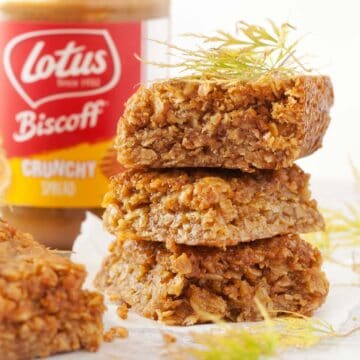
Biscoff Flapjack
Ingredients
- 180 g Butter
- 120 g Demerara sugar
- 150 g Biscoff spread (smooth or crunchy work fine)
- 150 g Golden syrup (corn syrup)
- 300 g Rolled oats (small not jumbo) Use only small oats. These absorb the liquid ingredients listed perfectly. Jumbo oats do not.
- 60 g Plain flour all-purpose
Instructions
- Begin by preheating the oven to 160C/ 310/ GM 2 ½ and lightly grease a 7x 7 inch baking tin with butter, then line with baking parchment. Do not grease the baking parchment.
- Next measure the butter, sugar, Biscoff spread and syrup into a medium saucepan.
- Cook over a moderate heat, stirring frequently until the butter has melted and the sugar has dissolved.
- Use a small balloon whisk to beat the ingredients in the pan until they blend together.
- Take off the heat, tip in the oats and flour then mix well.
- Spoon into the prepared tin, pushing it into the corners and edges. Press the mixture down firmly with the back of a metal spoon.
- Bake for around 30 minutes until the edges are golden, then remove from the oven.
- Allow to cool in the tin for 10 minutes, then use a sharp knife to mark the flapjack into 9 bars then let cool completely in the tin.
- Once cool, pull the flapjack out of the tin, lay it on a sheet of kitchen towel and cut it into portions.
- Store in an airtight container for up to 5 days.
Notes
- Always use regular rolled oats (porridge) rather than jumbo oats . Jumbo oats increase the chance that the flapjack will crumble as larger flakes are harder to compress in the tin than regular ones.
- Never use instant oats – these oats produce a mushy texture when cooked which is not ideal in this recipe.
- Pick a baking tin of appropriate size to ensure the mixture is not too thick or too thin. My Biscoff flapjack recipe is suitable for a 7×7-inch baking tin, and when cooked at the temperature specified for 30 minutes will produce hearty squares of flapjack around 2cm deep that are crisp around the edges with a chewier centre. Spreading too thin or too thick in alternative tins will affect the texture and cooking time.
- Bake for an extra 5 minutes if you prefer rock-hard flapjack. Alternatively, if you like soft and chewy, bake for 5 minutes less.
- Don’t raise the oven temperature to cook the flapjack quickly. A slow even bake is best to avoid a soggy middle.
- Keep an eye on the flapjack as it bakes. Ten minutes before the recommended cooking time is up, check to ensure your flapjack is not cooking too quickly. And rotate the tin if your oven is browning one side more than the other. Take out of the oven when the flapjack is golden at the edges.
- Don’t over-bake it accidentally. When golden around the edges the centre of the tin will likely look quite loose. This is normal. As the flapjack cools in the tin it will firm up.
- Firmly score the portions when hot but cut fully when cold – this is the best way to avoid the flapjack breaking up into irregularly shaped pieces and crumbling as it is cut.

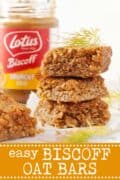
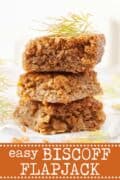
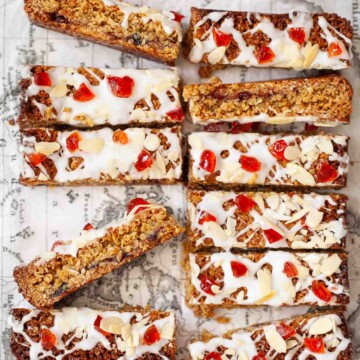
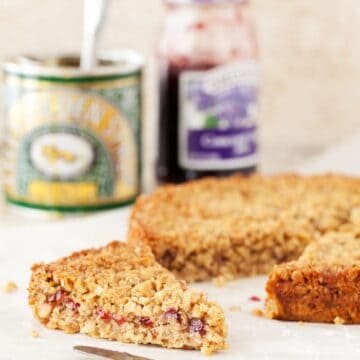
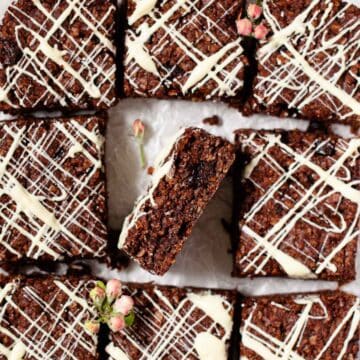
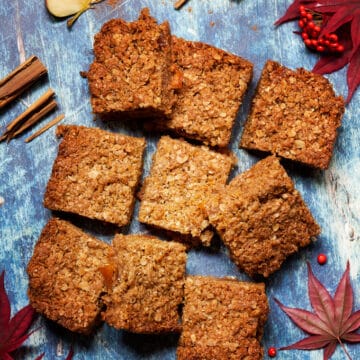

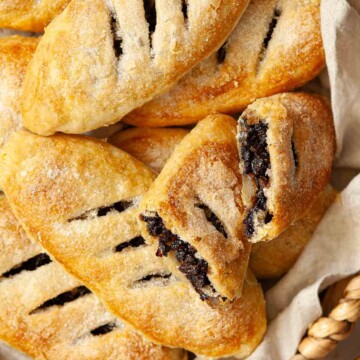
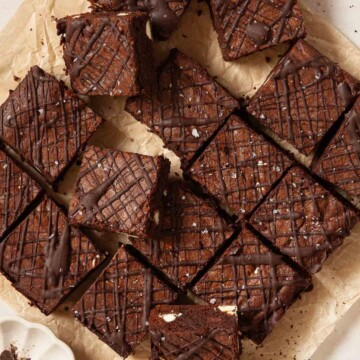
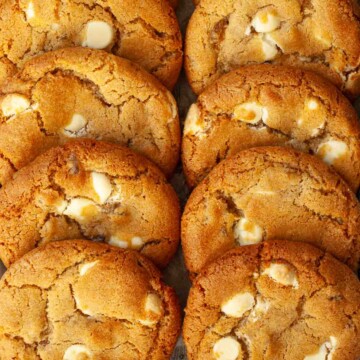
Gemma
So goooooddddd😍😍😍😍😍
Jane Coupland
Thank you Gemma!